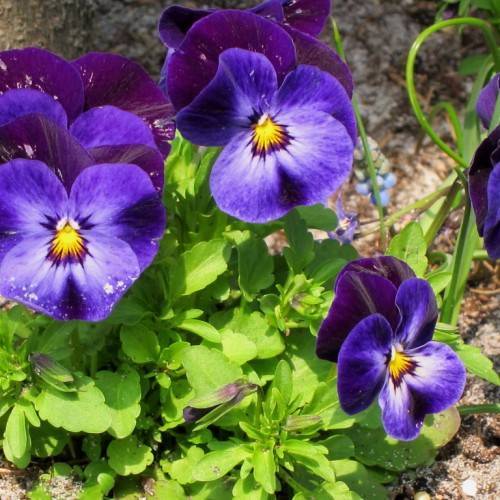
pansy
Viola x wittrockiana
Cycle:
Annual
Watering:
Frequent
Hardiness Zone:
5
Flowers:
Flowers In Spring
Sun:
Full sun, Part sun/part shade
Fruits:
Fruits In Summer Ready In Autumn
Edible:
Yes
Leaf:
Yes
Growth Rate:
High
Drought Tolerant:
Yes
Salt Tolerant:
Yes
Care Level:
Medium
watering
Common vetch should be watered moderately, approximately twice a week. When watering, soak the soil until the moisture has penetrated 8-10" deep, but be careful not to overwater as this can lead to root rot and other plant illness. If possible, water your common vetch in the morning, as this will ensure that the leaves are not wet overnight, reducing the chance of diseases. If common vetch is planted in containers, it may need to be watered daily, as the containers will dry out faster than in-ground planting.
sunlight
Common vetch (Vicia sativa) prefers to grow in full sun, meaning it needs at least 6 hours of direct sunlight per day. It can also tolerate partial shade, potentially lasting up to 8 hours of sun per day. Direct sunlight helps vetch to grow and remain healthy, so it is important to provide a spot for this plant that has plenty of sunlight at the times of day when it is most intense. Differential sunlight (more intense in the morning and then again in late afternoon) should also be taken into account when growing this species.
pruning
Common vetch is typically pruned in the late spring or early summer, after blooms have faded but before the plant begins to produce seed pods. Vetch plants should be trimmed back to between 6 and 12 inches in height, making sure to remove any flower heads and seed pods that have already formed. Removing some branches entirely and thinning others is also a good idea as this will help to reduce overcrowding in the plant and possibly stimulate further blooming.
